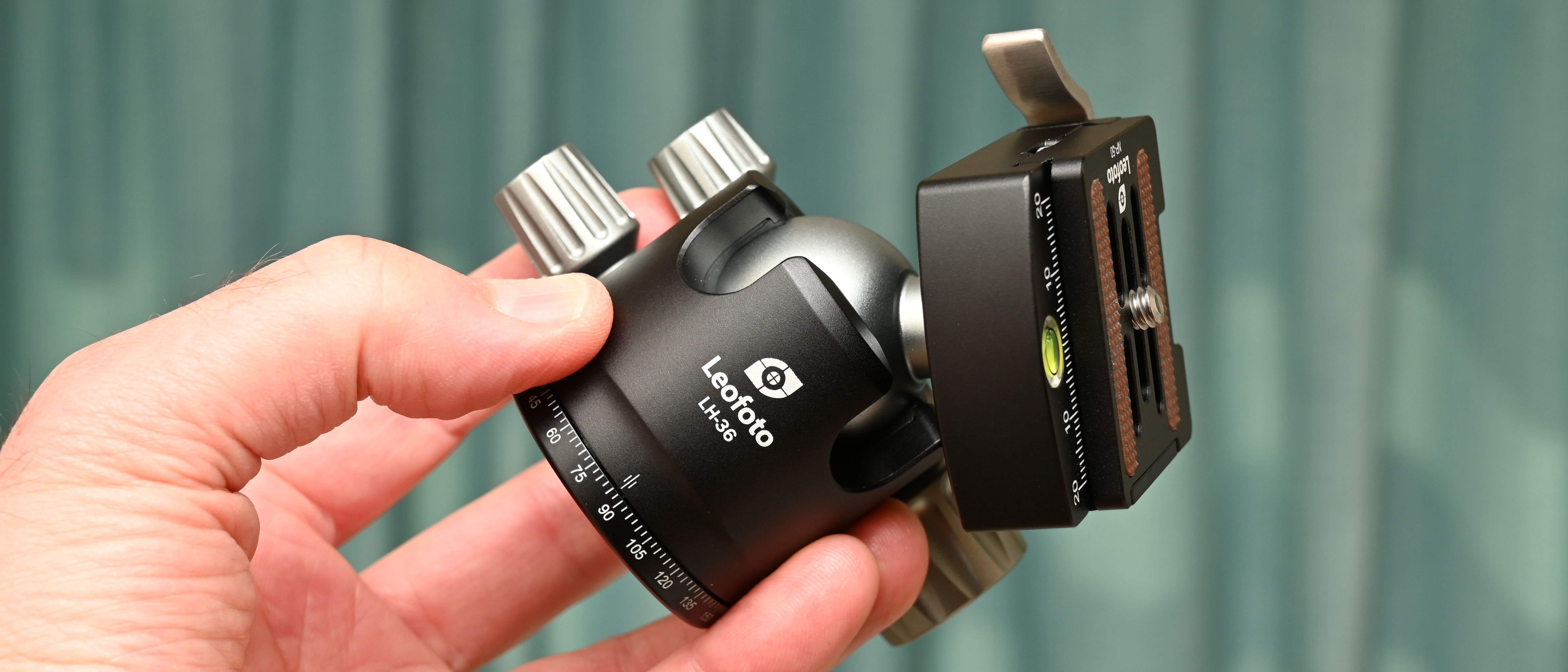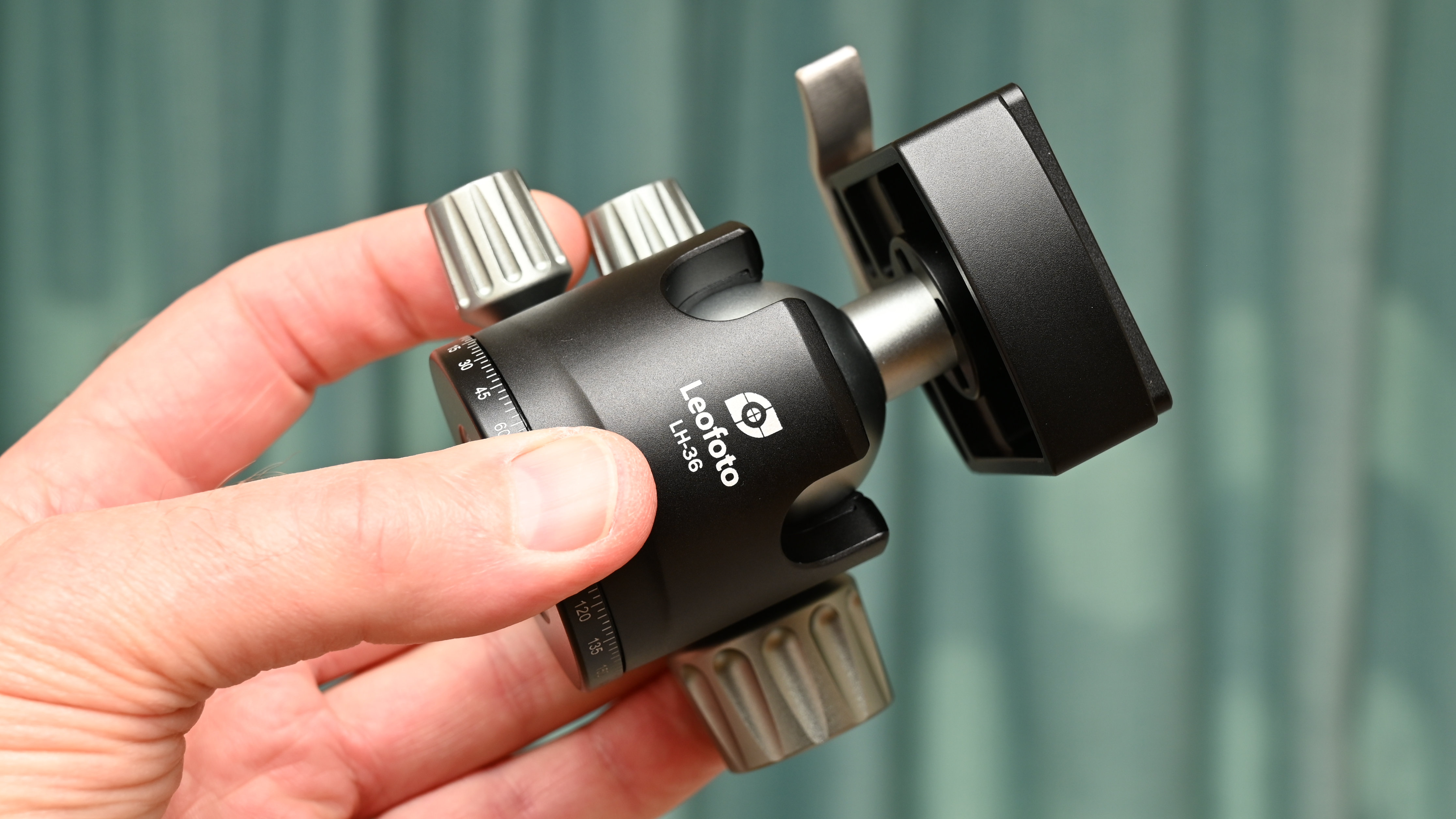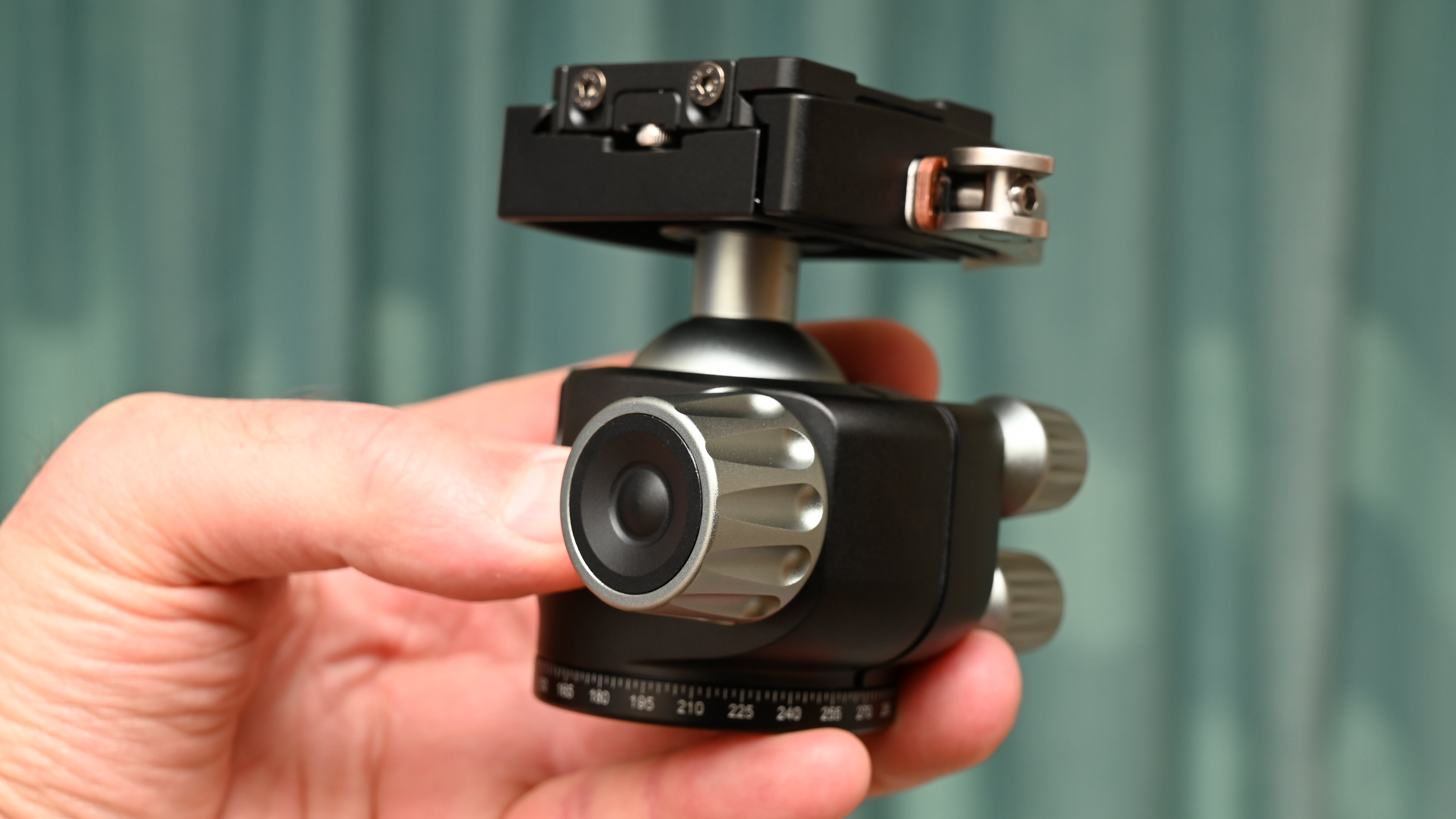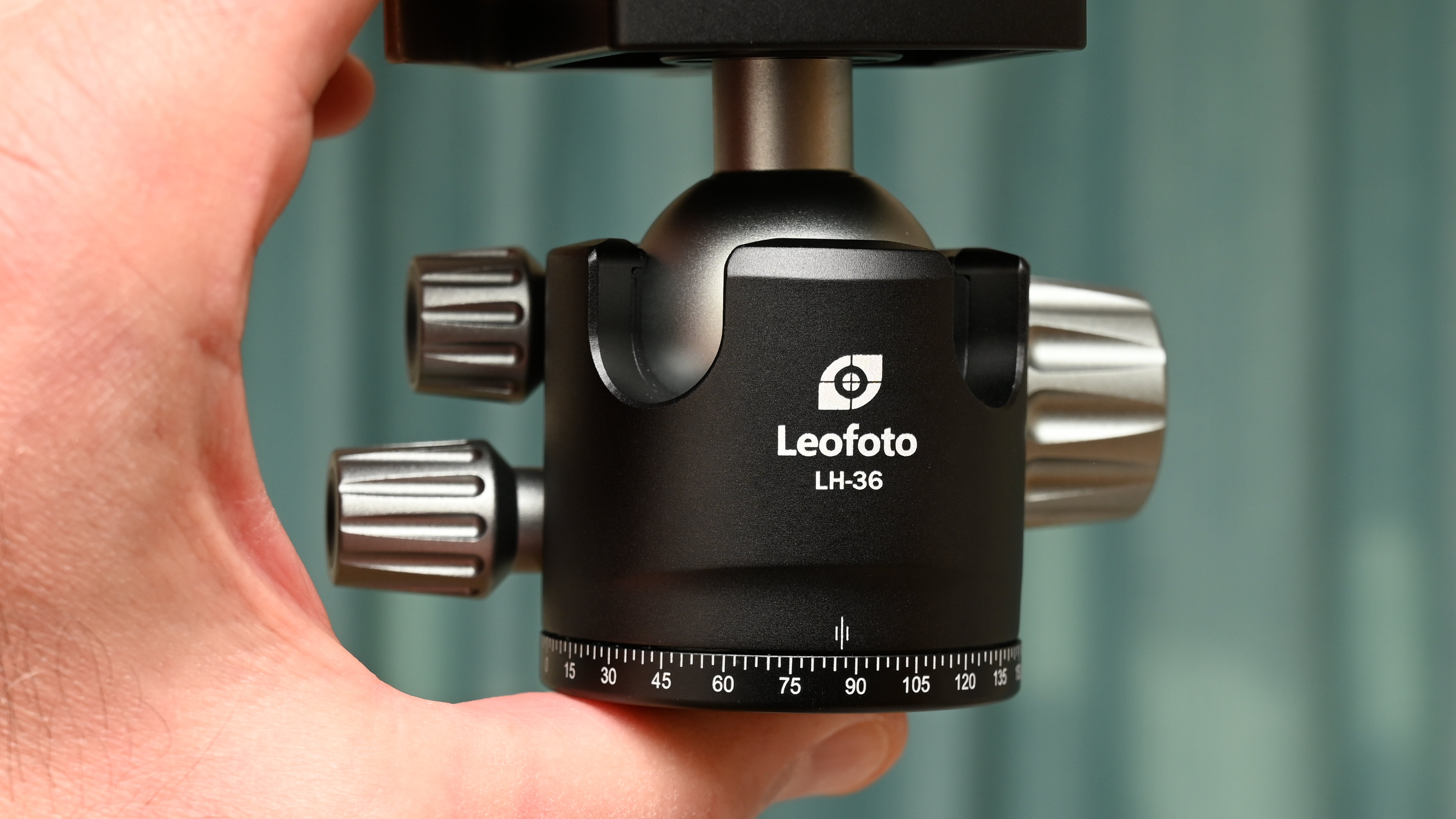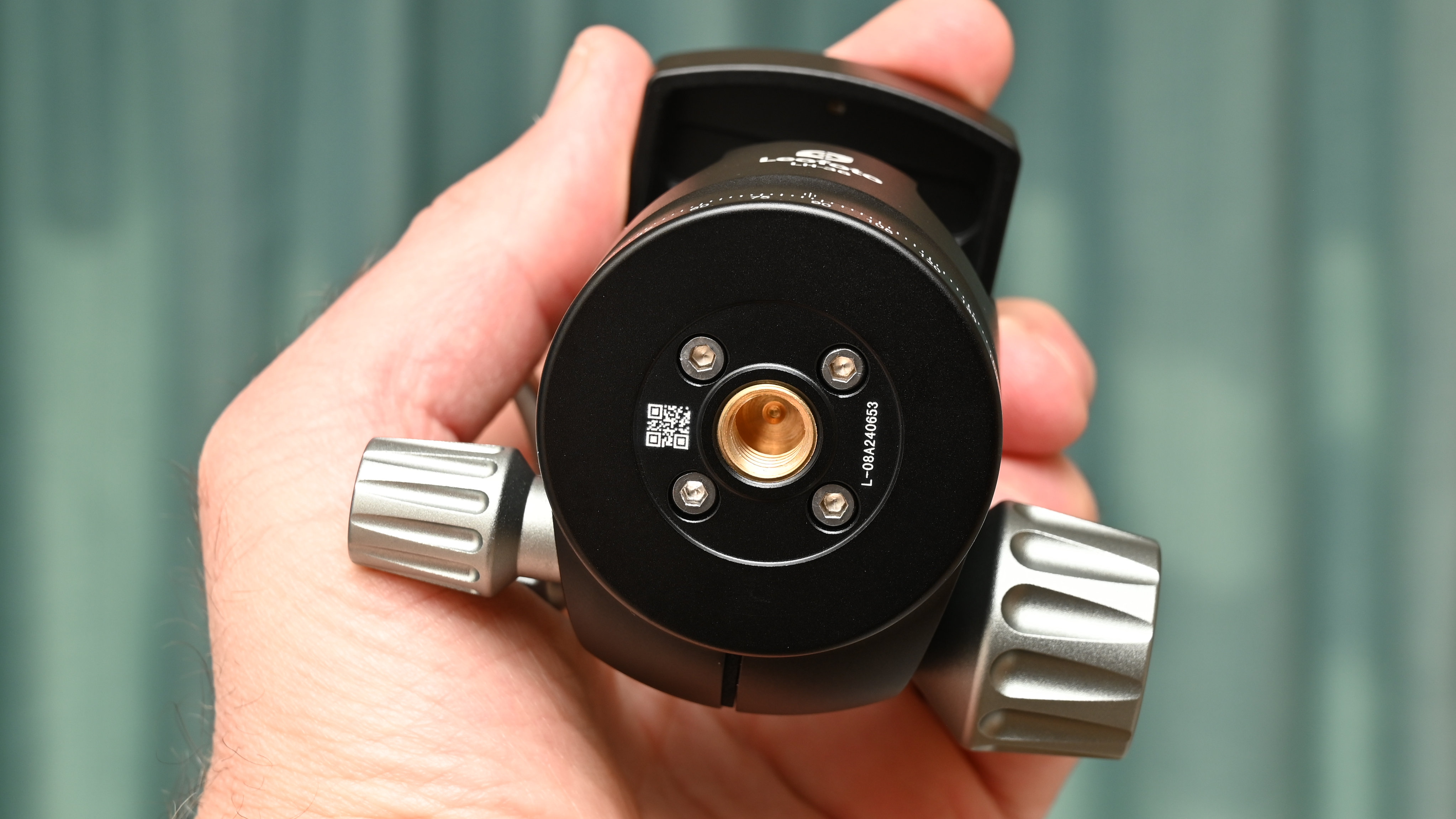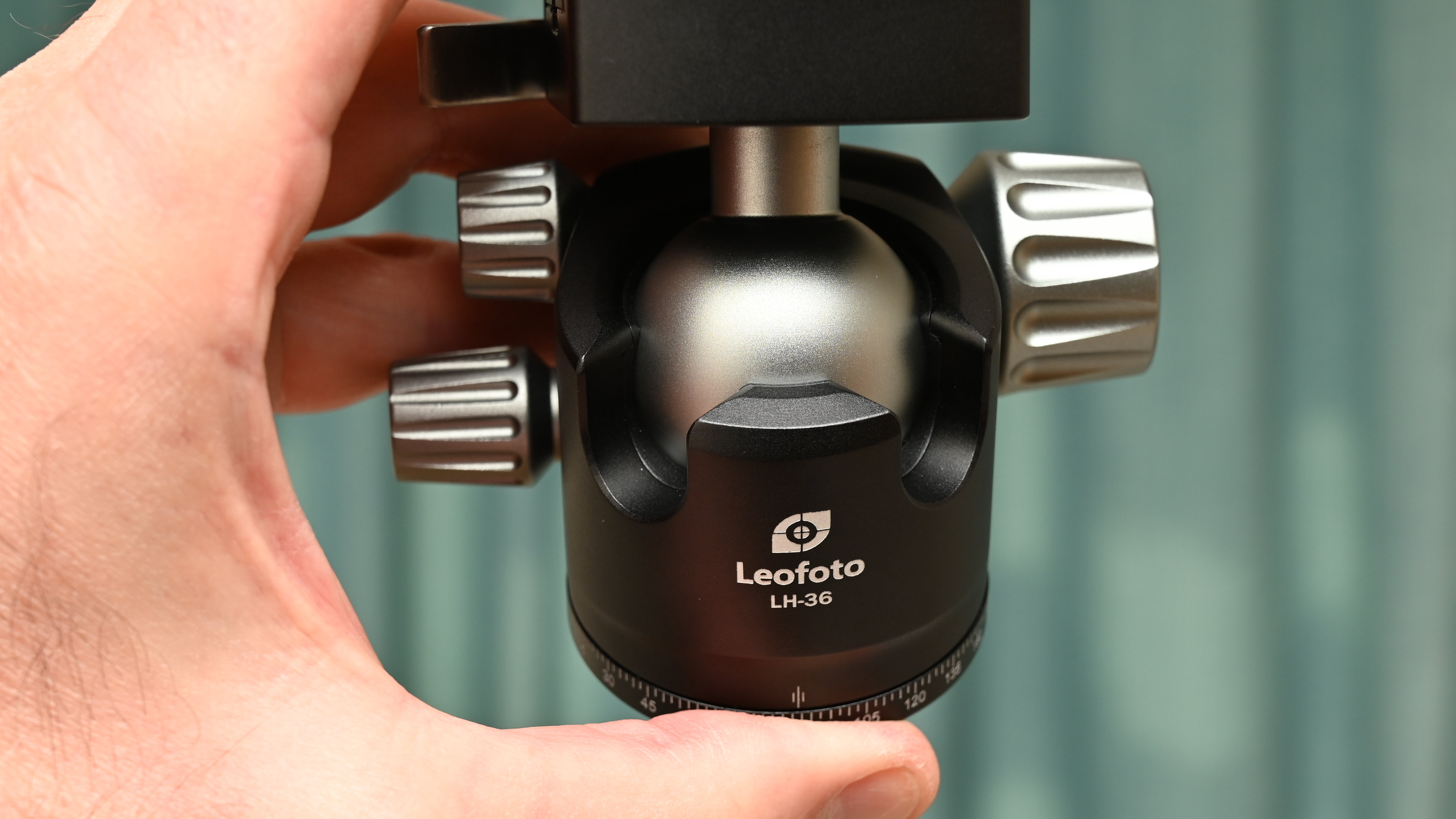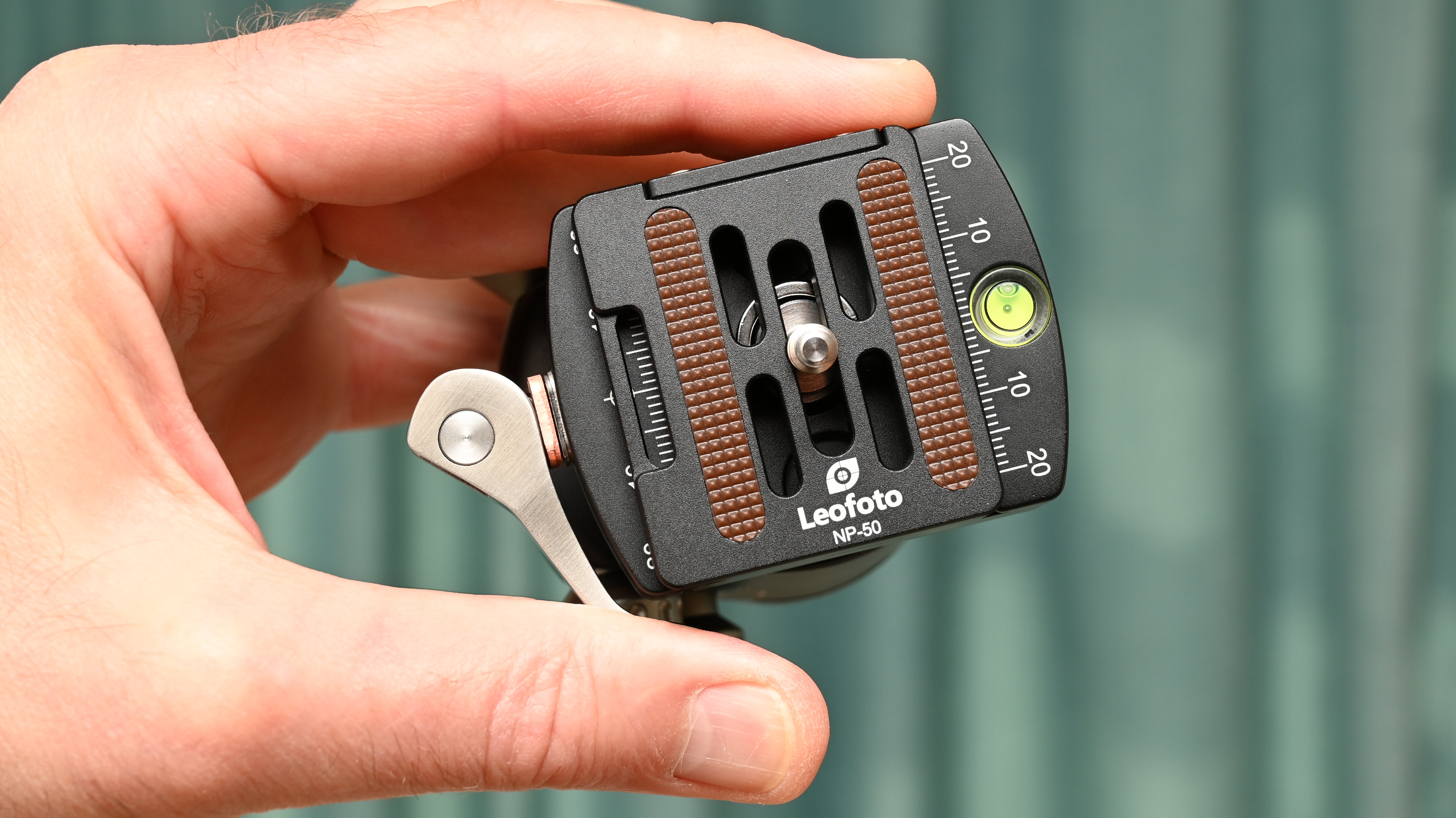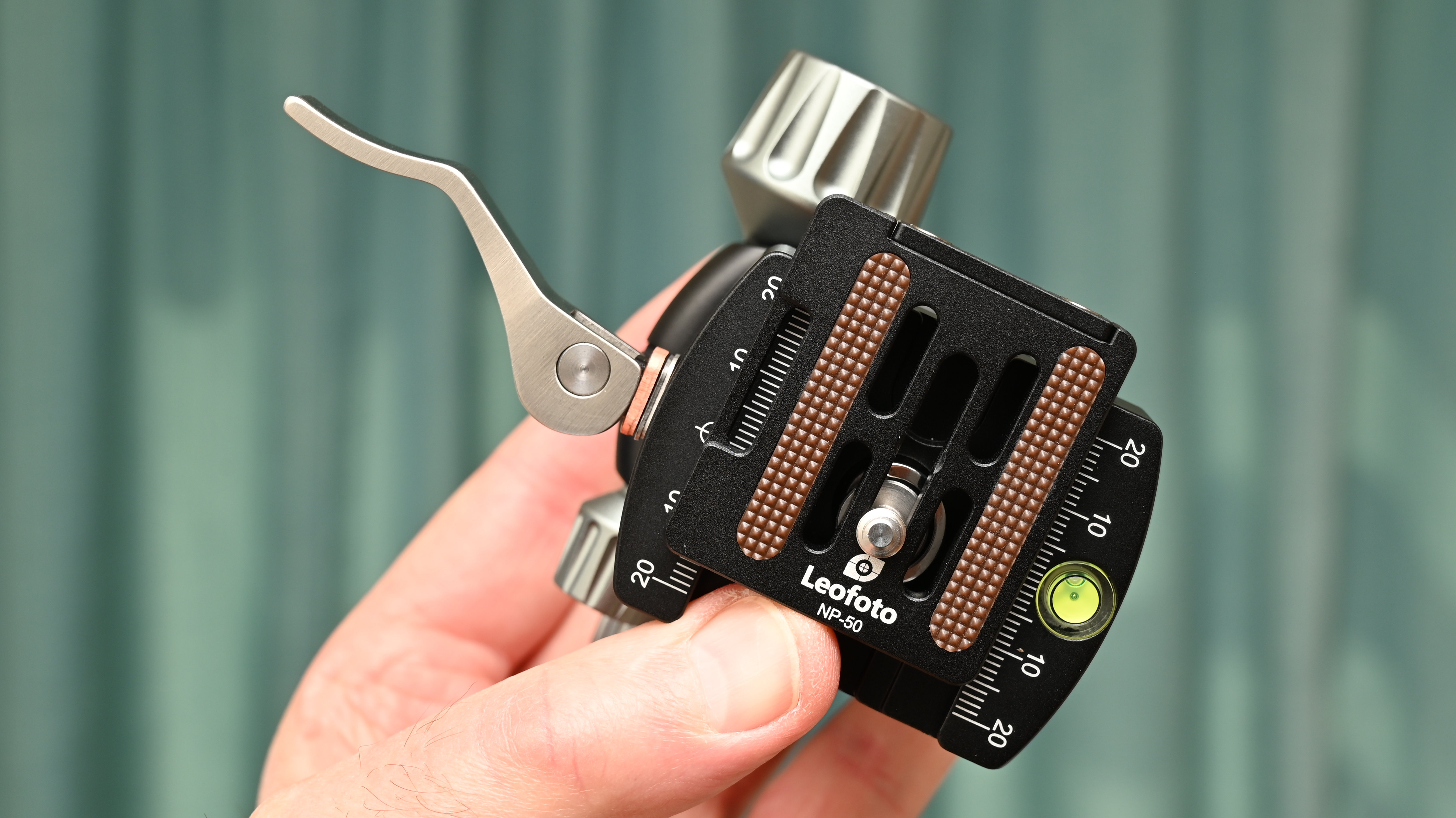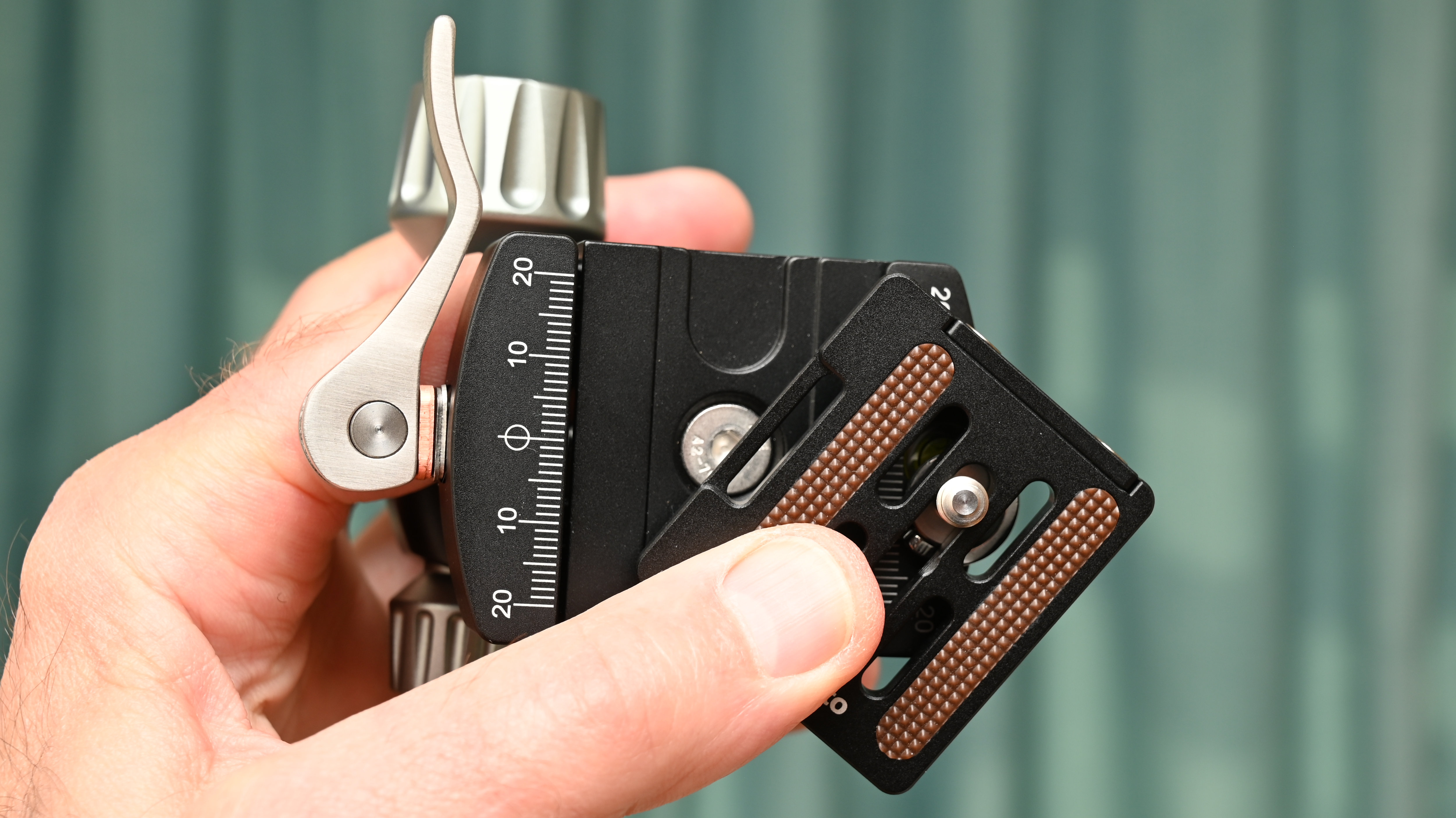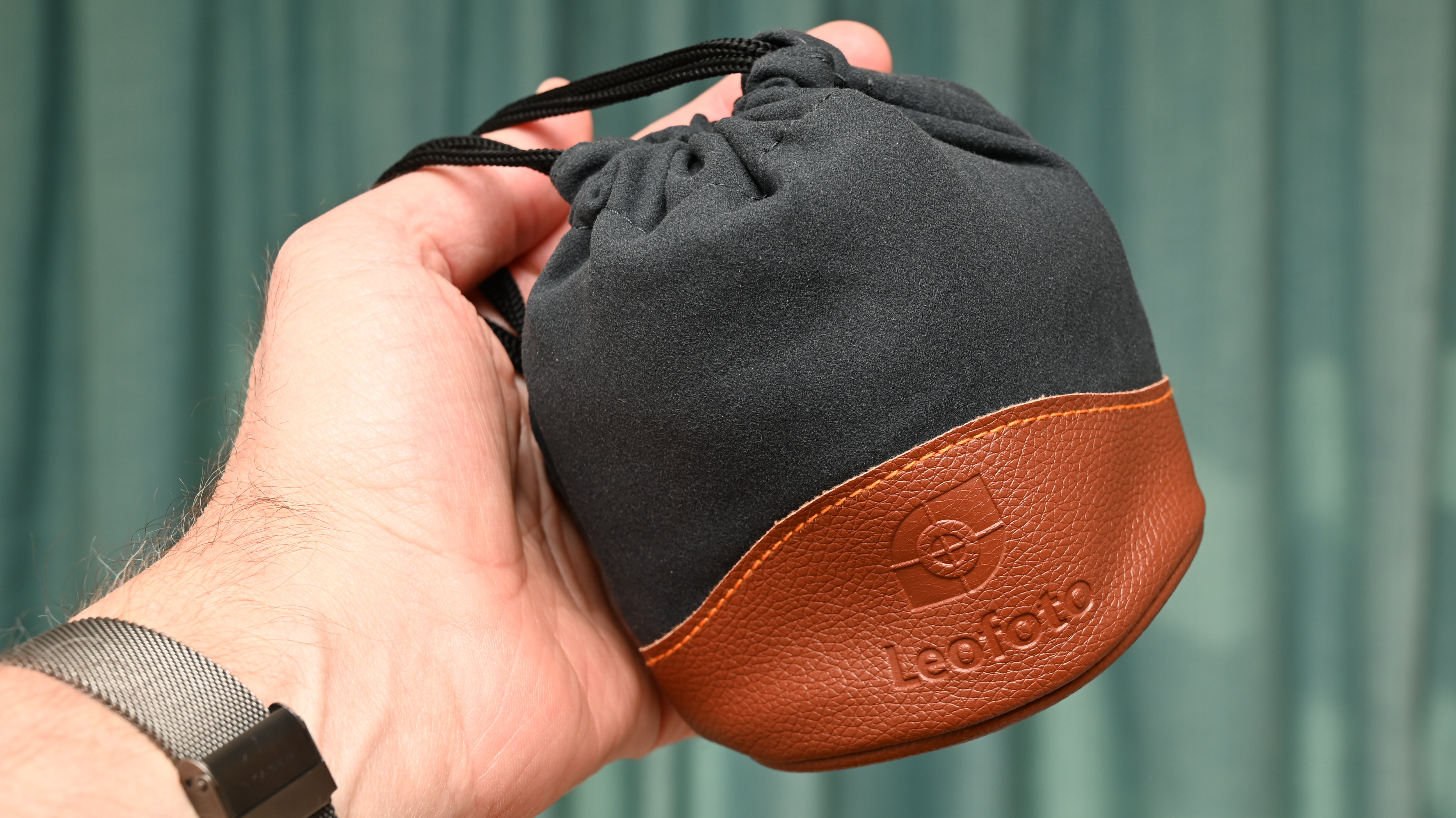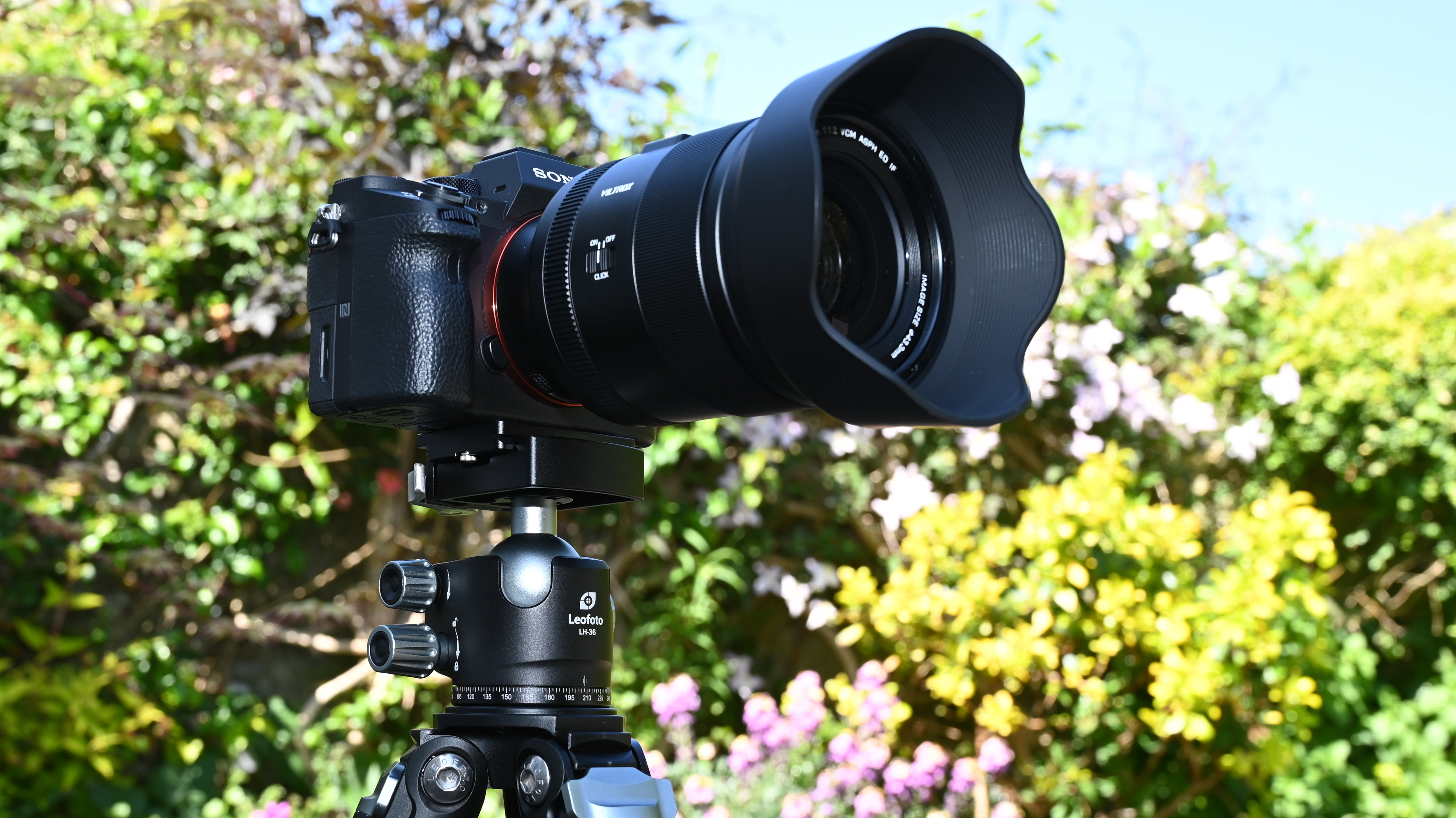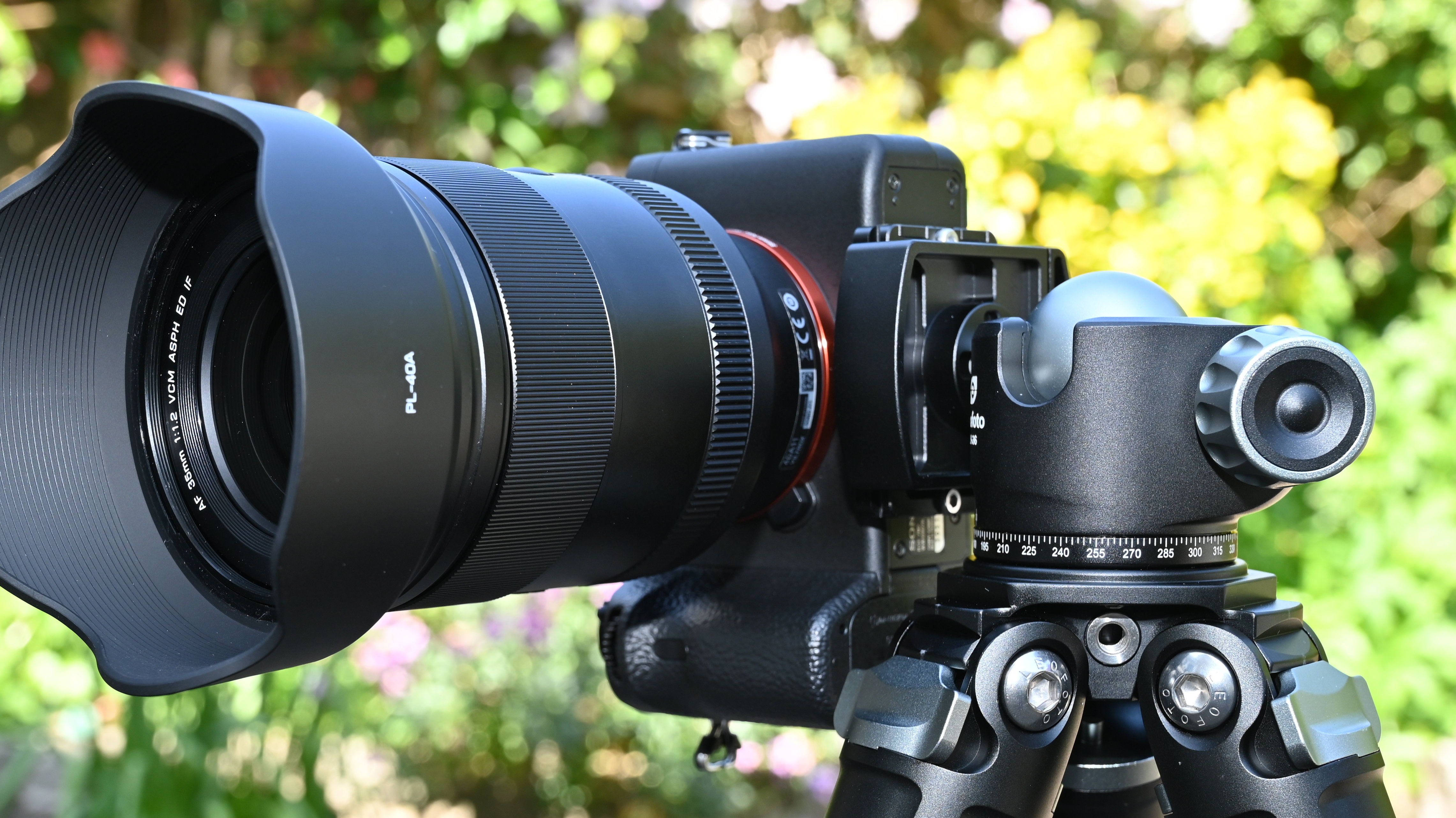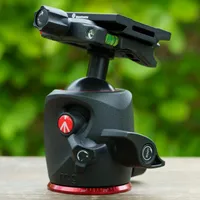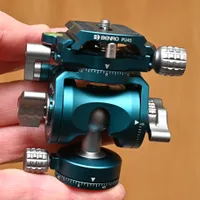Digital Camera World Verdict
Ball heads are generally my preference for shooting with a tripod and this Leofoto LH-36LR Ball Head is practically perfect for the job. Typical of the breed, it’s quick and easy to adjust for both landscape and portrait orientation. I like that it’s particularly sturdy and resistant to sagging, and the super-smooth panning mechanism is a bonus, but it’s pretty pricey to buy.
Pros
- +
Low-profile design
- +
Independent panning release
- +
Adjustable friction damper
- +
Lever-action QR plate clamp
Cons
- -
Accidental friction adjustment
- -
Pricey to buy
Why you can trust Digital Camera World
Photographic retailers and other online outlets are awash with cheap Chinese ‘me too’ products that are vaguely similar to big-brand items, but at a fraction of the price. Leofoto is a different kettle of fish, so to speak. Yes, it’s a Chinese brand, from a company by the name of Guangdong Laitu Imaging Technology Co. that was founded back in 2014. But no, they don’t make cheap knock-off products. From the outset, the company has concentrated on making some of the best tripods for photographers and best carbon fiber tripods on the market and the LH-36LR sets out to be one of the best ball heads that money can buy. And unlike many Chinese offerings, it costs serious money to buy.
Leofoto LH-36LR Ball Head: Specifications
Material | Stainless steel & aluminum |
Max load | 18kg / 40lb |
Weight | 0.43kg / 15oz |
Height | 83mm / 3.27" |
Base diameter | 52mm / 2/05" |
QR plate | Arca-Swiss type |
Leofoto LH-36LR Ball Head: Price
For the sake of reference, one of my all-time favorite ball heads is the Manfrotto XPRO Ball Head. It’s an up-market, very substantial and high-performance head that’s available with Manfrotto’s proprietary 200PL-14 quick-release plate for $199 / £152 / AU$311 or as a ‘Top Lock’ edition with an Arca-Swiss type QR plate at $249 / £193 / AU$443. The Leofoto LH-36LR Ball Head costs $179 / £170 / AU$319, and comes complete with an Arca-Swiss type QR plate, similar in price to the more expensive version of the Manfrotto offering.
Leofoto LH-36LR Ball Head: Design & Handling
The low-profile design of the Leofoto LH-36LR ball head aims to enhance stability and it certainly has a heavy-duty load rating, equating to 18kg / 40lb. The ball itself, at the center of the head, is generously proportioned at 36mm / 1.42”, and machined to a tight tolerance of 0.01mm. Again, this helps with stability and smoothness of movement, as do the high-grade materials used in the head’s manufacture. In the main, it’s based on SUS 304 stainless steel which is hard anodized in black for a tough and attractive finish.
The main locking knob is large and comfortable to use, with or without gloves on. It only needs minimal rotation to lock or unlock the ball and enables smooth, free movement. Directly opposite the main locking knob on the other side of the head are two smaller knobs. The upper knob is for adjusting the friction of the ball’s movement within its socket, greater friction better suiting heavyweight camera and lens combinations. The lower locking knob is the panning clamp/release.
The panning base operates with smooth precision and has a calibrated scale marked in 15-degree intervals, with longer lines at every 5 degrees and shorter lines at interim 2.5-degree intervals. These are laser-engraved, continuing the high-quality theme.
The base for connecting the head to a tripod has a diameter of 52mm / 2/05", suiting fairly heavy-duty tripods which match the load rating of the head. There’s the typical 3/8” threaded socket for securing the head, and it’s supplied with a 1/4” adapter for use with tripods that have a smaller fixing stud.
An unusual feature of the ball head is that it has two cutouts placed at different angles at the front, rather than just one. This enables more freedom with shooting at extreme angles, or fully vertical upwards and downwards, as well as for switching from landscape to portrait orientation shooting. Given the low-profile design of the head, it also helps to you’re your options open if one of the drop-notches happens to be positioned over one of the tripod legs.
The best camera deals, reviews, product advice, and unmissable photography news, direct to your inbox!
Up on top, there’s an Arca-Swiss type cradle for holding the quick-release plate. Again, there are helpful markings from a central zeroed position to +/-20mm to the left or right. A bubble level is also featured, to aid leveling of the camera.
One thing that’s often a chore with Arca-Swiss type quick release systems is that there can be a lot of screwing and unscrewing involved for fitting and removing the plate. The Leofoto speeds things up with a simple lever at the rear of the cradle. Push it one way and it’s firmly locked in place, fully the other way and it’s quick and easy to remove the plate.
At the locking lever’s halfway position (shown above), the QR plate is loosened but, as a security measure, remains fixed to the cradle, while pins at either end of the QR plate avoid it accidentally slipping out sideways. To remove the plate, you need to fully sift the lever from one side to the other, as shown below.
The kit is nicely finished off with a padded drawstring pouch which holds the head as well as the supplied Allen wrench and multi-tool, which are supplied as part of the overall kit.
Leofoto LH-36LR Ball Head: Performance
The Leofoto LH Series LH-36LR ball head is advertised as delivering silky-smooth movement, and that was certainly my experience during testing. Unlike some ball heads, there’s no greasy lubrication applied to the ball and it’s as dry as a bone, but it feels thoroughly well lubricated regardless.
A downside that I’ve experienced with many ball heads is that if I hold the camera where I want it to be, then tighten the main clamp, there’s noticeable sagging when I let go of the camera. That really works against you when you’re trying to position a tripod head precisely. I’m happy that I didn’t find any sagging at all with the Leofoto ball head, which is a major plus point.
Just as with the main ball and socket arrangement, the panning mechanism also works with a really smooth and fluid feel. That’s another upside for shooting video instead of just stills. The panning section is at the bottom of the head, rather than up on top, so you do need to level the tripod legs accurately before panning, otherwise your horizon will start to slant when you’re panning.
My only slight niggle with the head is that I found it easy to accidentally adjust the friction damper when handling the head or stowing it away. It can be a little frustrating if the friction for the ball and socket change as if on their own but it’s not a major issue. All in all, performance is absolutely excellent.
Leofoto LH-36LR Ball Head: Verdict
During testing, I became an instant fan of the Leofoto LH-36LR Ball Head. It’s nicely compact and lightweight but a real over-achiever in terms of sturdiness and load-bearing ability. It’s cleverly designed, thoroughly well made and luxuriously finished. I found the friction adjustment knob a little too easy to nudge accidentally but overall performance is absolutely superb. It’s certainly not cheap to by but is nevertheless very good value for money.
Features ★★★★★ | It has all the features I look for in a ball head, including a panning release and an adjustable friction damper. |
Design ★★★★★ | The low-profile design is neat and the build quality is thoroughly excellent. |
Performance ★★★★★ | Operation of the main ball and the panning section are really smooth and everything locks in place with no sagging. |
Value ★★★★☆ | It’s very good value considering the build quality and performance, but it’s certainly not cheap to buy. |
Alternatives
The Manfrotto XPRO Ball Head is an excellent bit of kit. Again, it’s hardy and very resistant to unwanted sagging, as well as featuring an independent panning release and adjustable friction damper. Take you choice between the version with Manfrotto’s proprietary 200PL-14 quick-release plate or the ‘Top Lock’ edition with an Arca-Swiss type QR.
The Benro FS20PRO Video & Foto Head lives up to its title. It serves as a fast-action ball head for stills, yet works equally well as a fluid pan and tilt head for shooting video, complete with a supplied panning handle.
Matthew Richards is a photographer and journalist who has spent years using and reviewing all manner of photo gear. He is Digital Camera World's principal lens reviewer – and has tested more primes and zooms than most people have had hot dinners!
His expertise with equipment doesn’t end there, though. He is also an encyclopedia when it comes to all manner of cameras, camera holsters and bags, flashguns, tripods and heads, printers, papers and inks, and just about anything imaging-related.
In an earlier life he was a broadcast engineer at the BBC, as well as a former editor of PC Guide.
You must confirm your public display name before commenting
Please logout and then login again, you will then be prompted to enter your display name.
